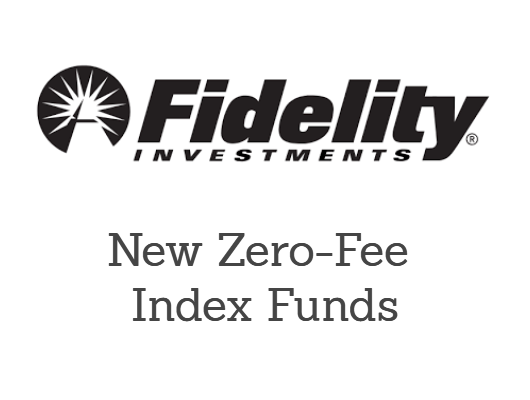The low oil price is hitting Russia really hard now. Just before the new year, the Russian state development bank Vnesheconombank (VEB) received help from the Ministry of Finance and the Central Bank of Russia (CBR). Following a proposal by Minister of Finance Anton Siluanov, the sovereign National Wealth Fund (NWF) will receive much lower interest from its deposits at VEB. The NWF, managed by CBR, has deposits with VEB of 195 billion rubles ($2.7 billion) and $6.25 billion. Previously VEB had to pay interest of 3.55-3.8 percent, but the new proposal will seek to lower the rate to 0.25 percent. Also the VEB receives a three-year grace over interest payments. As a result, the development bank will save up to $500 million.
VEB trapped in Russia’s oil dependence
The ongoing decline in oil price caused the Russian economy to shrink with 4 percent on an annual basis in November. Despite earlier hopes of finding a potential bottom, the numbers are even worse compared to a 3.7% decline recorded in October. The problem is that Russia’s government relies on oil production for half of its revenues. Since the oil price declined from well above $100 per barrel to recently below $40 per barrel, the government is confronted with a 3 percent budget deficit. This summer’s hopes of a 2016 growth are now fading, with forecasts cut to another year of recession.
That doesn’t help the VEB portfolio. The bank holds roughly $21 billion in debt. A lot of this debt was lend to large projects back in the days when the oil price was at least twice the current level. For instance, a number of projects for the 2014 Winter Olympics in Sochi were financed by VEB. The bank reported losses over the last two years. The current interest grace isn’t a structural solution and restructuring of its credit portfolio is required. Especially if oil prices remain low, further pain is to be expected.
Ruble hit, but Russian stock market unimpressed
The low oil price and current weak economic conditions caused the Russian currency to drop sharply. During the year, the ruble declined over 20 percent to a current USD/RUB rate of 73.0 (one dollar buys 73 rubble). But the Russian stock market proves to be pretty resilient. For instance, the Market Vectors Russia ETF (ticker: RSX) is even up 3% for 2015. And that with an exposure of over 50 percent towards commodities! Here’s why the Russian market does so well. A large part of the costs for oil companies is in rubles. So a declining ruble means that companies like Rosneft and Lukoil are able to produce cheaper. Although revenues decline, profits remain healthy. During the previous three quarters, Rosneft recorded $4.3 billion net income and Lukoil saw $2.3 billion in profits.
The economic crisis has also a huge impact on the level playing field. A lot of less competitive companies are weak and vulnerable, and stronger companies take advantage. A striking example can be found at airlines: Recently Transaero went bust, with Aeroflot taking over parts of the company, in particular some lucrative routes. Aeroflot could even increase its tariffs due to less competition, although Russia’s authorities criticized these steps and the company may have to cut back some of the price increases. Nevertheless, Aeroflot’s shares are one of the star performers in the second part of the year and the company also managed to return to profit. The Russian stock market is helped as well by very low valuations that attract investors. The average price/earnings-ratio for Russian companies currently stands at 6.8 with companies valued at 0.84 times their book value.
Investors should look beyond economic fundaments
Russia’s example makes clear that the stock market doesn’t necessarily follow the broader economic trend of a country. Economic conditions may have a different impact than expected, as the decline in oil price shows for Russian oil companies. So investors should make sure to look beyond the obvious and carefully assess the impact of economic conditions on a underlying market.


